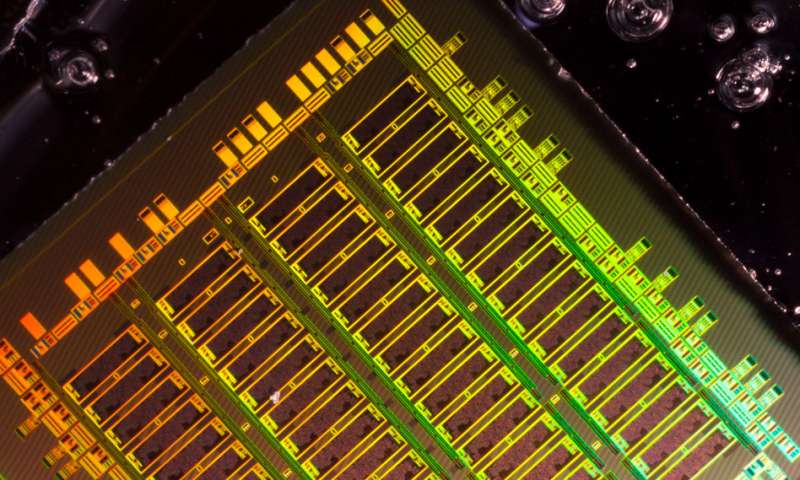
Integrating optical components into existing chip designs (20/04/2018)
Two and a half years ago, a team of researchers led by groups at MIT, the University of California at Berkeley, and Boston University announced a milestone: the fabrication of a working microprocessor, built using only existing manufacturing processes, that integrated electronic and optical components on the same chip.
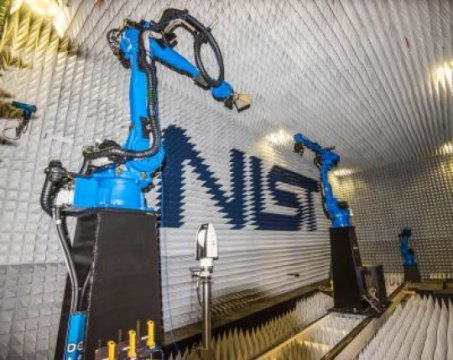
Two robots are better than one: 5G antenna measurement research (20/04/2018)
Researchers
at the National Institute of Standards and Technology (NIST) continue to
pioneer new antenna measurement methods, this time for future 5G wireless
communications systems.
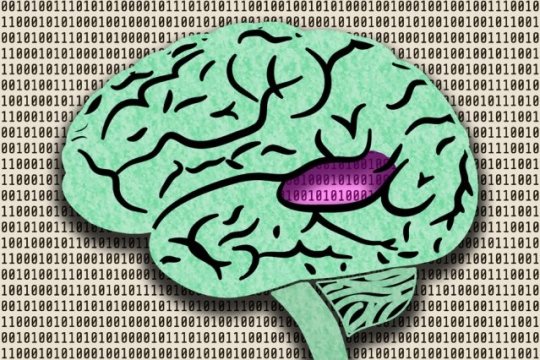
Machine-learning system processes sounds like humans do (20/04/2018)
Using
a machine-learning system known as a deep neural network, researchers have
created the first model that can replicate human performance on auditory tasks
such as identifying a musical genre. This type of model can shed light on how
the human brain may be performing the same tasks.

Writing and deleting magnets with lasers (20/04/2018)
Scientists
have found a way to write and delete magnets in an alloy using a laser beam --
a surprising effect. The reversibility of the process opens up new
possibilities in the fields of material processing, optical technology, and
data storage.
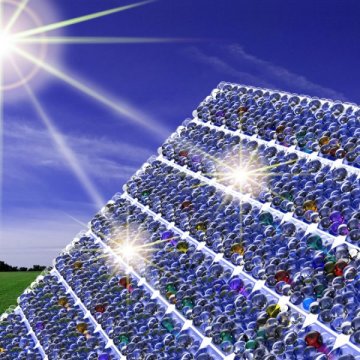
Nanoscale coating enables solar cells to absorb 20 percent more sunlight (19/04/2018)
Trapping
light with an optical version of a whispering gallery, researchers at the
National Institute of Standards and Technology (NIST) have developed a
nanoscale coating for solar cells that enables them to absorb about 20 percent
more sunlight than uncoated devices. The coating, applied with a technique that
could be incorporated into manufacturing, opens a new path for developing
low-cost, high-efficiency solar cells with abundant, renewable and
environmentally friendly materials.

Scientists uncover how to stop cyber intrusions (18/04/2018)
Researchers
have found a proverbial smoking gun signature of the long sought-after Majorana
particle, and the find, they say, could block intruders on sensitive
communication networks.
Face recognition technology that works in the dark (18/04/2018)
Researchers
have developed an artificial intelligence and machine learning technique that
produces a visible face image from a thermal image of a person's face captured
in low-light or nighttime conditions. This development could lead to enhanced
real-time biometrics and post-mission forensic analysis for covert nighttime
operations.
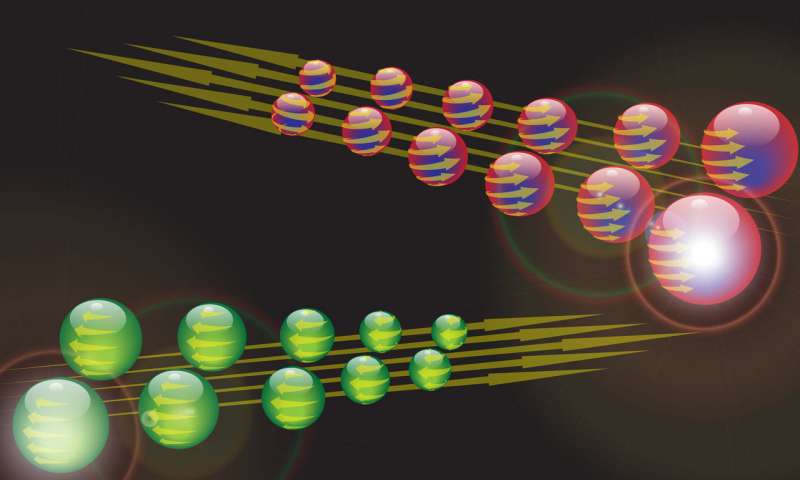
Some superconductors can also carry currents of 'spin' (17/04/2018)
Researchers
have shown that certain superconductors—materials that carry electrical current
with zero resistance at very low temperatures—can also carry currents of
'spin'. The successful combination of superconductivity and spin could lead to
a revolution in high-performance computing, by dramatically reducing energy
consumption.

Quantum physicists achieve entanglement record (17/04/2018)
Entanglement
is of central importance for the new quantum technologies of the 21st century.
A German-Austrian research team is now presenting the largest entangled quantum
register of individually controllable systems to date, consisting of a total of
20 quantum bits. The physicists in Innsbruck, Vienna and Ulm are pushing
experimental and theoretical methods to the limits of what is currently
possible.

Thin film converts heat from electronics into energy (17/04/2018)
Nearly
70 percent of the energy produced in the United States each year is wasted as
heat. Much of that heat is less than 100 degrees Celsius and emanates from
things like computers, cars or large industrial processes. Engineers at the
University of California, Berkeley, have developed a thin-film system that can
be applied to sources of waste heat like these to produce energy at levels
unprecedented for this kind of technology.









